
Blued-steel and walnut; for time immemorial this was the combination of materials used to make a firearm. Bluing—or blacking if you’re referring to English guns—can be achieved via several different methods, but for generations, walnut was the preferred material for a gun stock.
Walnut is tough, light, rigid, hard and doesn’t split easily, making it just about the perfect choice for a gunstock. Other woods have been used, but the most popular material has been walnut, though as with any wood species, it comes with its own unique issues. Walnut, in many different circumstances, can be one of the most highly figured woods imaginable; if you’ve ever seen a true high-end stock, you can spend hours staring into the depths of that figure.
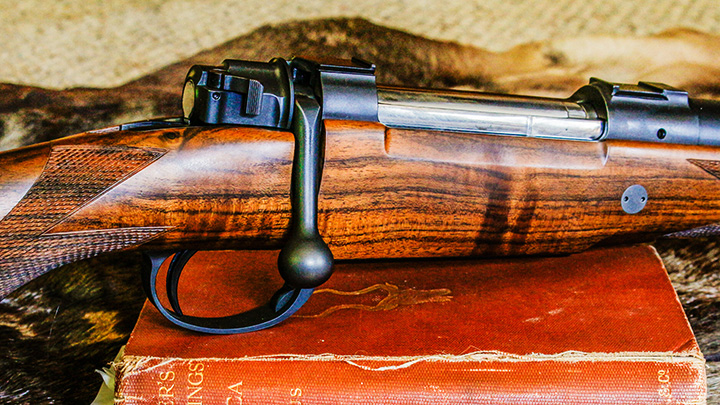
However, wood will absorb water, it will swell, it will warp, it can (under heavy recoil, or if the grain is maligned) crack or split, and all of these characteristics can drastically affect the performance of the firearm. Looking back at historic firearms, their walnut stocks will show varying levels of wear—quite obviously, depending on finish and amount of use—but gunsmiths have always searched for the best materials for making a dependable firearm.
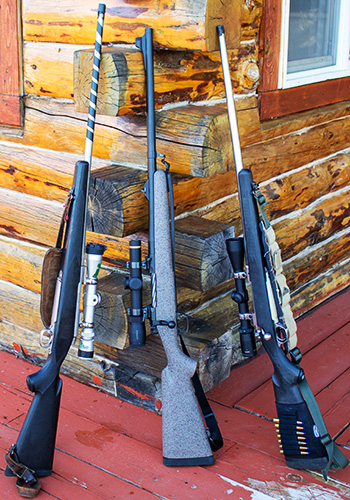
If you’ve spent any amount of time shopping for a new firearm, I’m sure you’ve noticed that there are as many—and quite often more—choices of polymer, fiberglass or synthetic stocks as there are wood.
These relatively modern developments (they became popular in the 1950s in firearms like the Remington Nylon 66) proved to be nearly impervious to weather, resisting the influence of heat and humidity on the firearm’s performance. When combined with stainless steel or some of the other more impervious metal finishes, these stocks were a big part of the weatherproof equation that hunters who spend their time in salty sea air or those areas with heavy rainfall would come appreciate.
Taking a look at some of the most popular firearms companies, I was honestly a bit shocked to see how the synthetic/polymer/laminate wood stocks have come to dominate the market. The vast majority of Ruger, Remington and Savage rifles and shotguns are stocked in something other than walnut. The Winchester Model 70 maintains a walnut stock advantage, as does the lineup of Winchester lever-action rifles, but synthetic-stocked lever-actions are popping up regularly these days; Marlin and Henry being two examples which come quickly to mind.
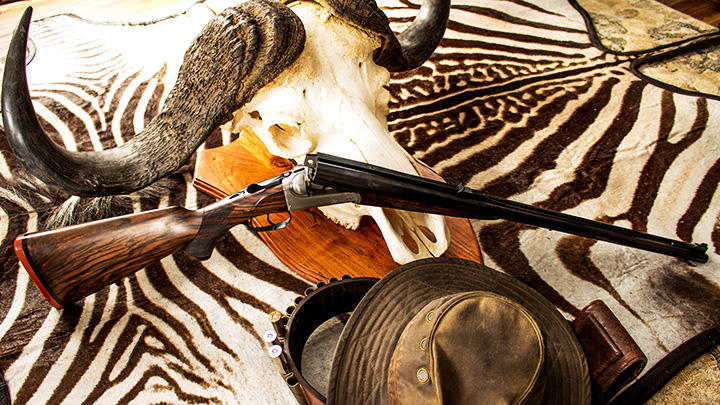
Like I said, the weatherproof characteristics of the laminates and synthetics make a lot of sense, but I personally feel that many of them lack the warmth and feel of the walnut stock. There are a few—Mark Bansner of Bansner & Co. makes a synthetic stock that I really enjoy—but when you compare them to the design of a proper Winchester Model 70, or some of the higher-end rifles like the Rigby Highland Stalker or the Heym Express by Martini, I feel the synthetic stock gets left behind. A worn, vintage Winchester or Marlin lever gun seems to have a story to tell, with every ding and scratch being a chapter in the tale.
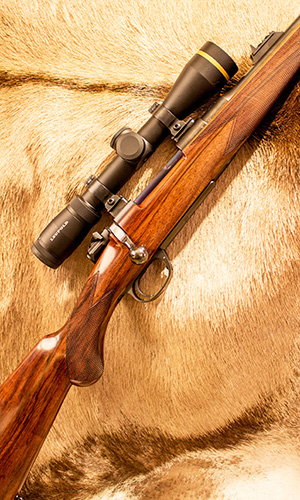
A well-sealed walnut stock will actually stand up well to most hunting situations, though they aren’t as rigid or easy to produce as a synthetic stock. While the mass-produced stocks are created by machinery, the higher-end walnut stocks are finished by hand. Custom stocks are a work of art, and to watch a classically trained stockmaker hand-carve a stock is like watching Michelangelo work.
Names like Ralf Martini, Todd Ramirez, D’Arcy Echols, Mark Renmant and JJ Perodeau, just to name a few, can make the stock of your dreams. And I firmly believe that, like a fine watch, everyone should own at least one gun with a stock they are truly proud of.
Those stocks—even the blanks from which they are made—are not cheap. The custom walnut stock is extremely labor-intensive, and the highly figured walnut, which was much more common a century ago, has become a rarity. Many of the hardwood stocks in use today are rather plain looking, and the figured stocks come at a premium, for certain. So where does that leave the walnut stock? Is it nearing the end of days for a stock with that honey and chocolate streaking, which seems to have an immeasurable depth to it? Has the synthetic stock won after all?
I think that the walnut stock still has its place, especially in the world of bespoke guns. I am proud to own a pair of Heym rifles—a .404 Jeffery Express rifle and a .470 NE Model 89B double rifle—which have some pretty fancy Turkish walnut. Rather than make them safe queens, I hunt them pretty hard in rather remote locations, adding one chapter at a time to their story. I also own synthetic-stocked rifles, which may not be as handsome, but with which I’ve made some wonderful memories. In spite of the new offerings, most lever guns will continue to be bedecked in walnut, as will any of the classic double rifles. And I’m also pretty certain we’ll always have a shiny, well-figured stock on a Weatherby Mark V, Browning Medallion and Dakota 76.
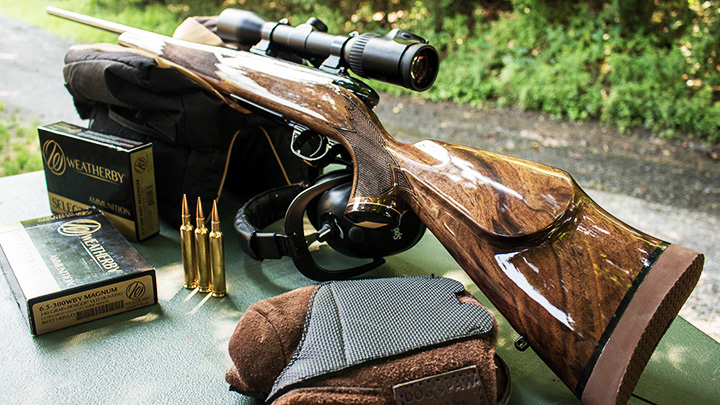
If your budget only allows one rifle or shotgun—and my own did for quite a few years—a synthetic-stocked gun with a rugged finish makes all sorts of sense. I’ve always been the kind of hunter who would rather go hunting than own a bunch of fancy rifles which gobble up the hunting budget. But if you’re in the market for a rifle or shotgun on the fancier side, a fine walnut stock will certainly provide a lifetime of enjoyment. With modern finishing techniques, there aren’t many worries about the reliability of a walnut stock, just be prepared to pay a premium for a piece of walnut with some figure to it.
One reply on “Is Walnut Dead? Synthetic vs. Wood Stocks by PHILIP MASSARO”
I am fortunate to have a few custom rifles with pretty nice wood, but they are nearly all safe queens. I can handle scratches in a new car – it’s to be expected. But a ding in a nice stock seems like damaging a fine antique.
Back when I had skills and little money I traded for my first custom gun, a 25-06 on a Springfield action with a myrtlewood stock by a true master gunsmith. Absolutely gorgeous but it is the nicest thing I own and I never could bring myself to take it out and use it, which really frustrated the fellow who made it. His guns are built to hunt.
So years go by and I keep doing him favors because he does me favors. One day he calls me up and asks me to come down to his shop to see something. This is nothing new, I’m always in there to see what he’s working on since everything is amazing and totally out of my reach. He hands me another 25-06 built on a Mauser with a light octagon barrel and a beautiful walnut stock and says “HERE. THIS one you can hunt with!”
I stammered some, eventually realized there was no way not to graciously accept it, thanked him, and took it hunting like I was told.